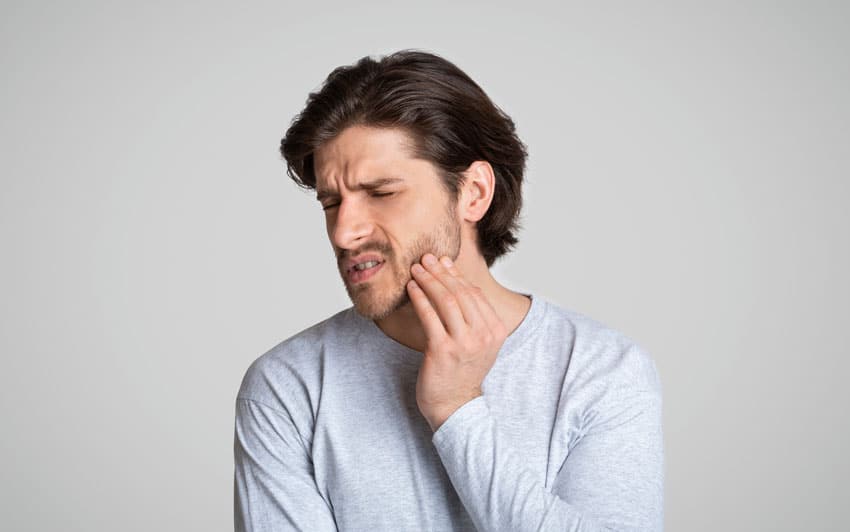Should Your Bite Splint Be Your Long-Term TMJ Treatment?

When it comes to TMJ treatment, it’s best to focus on noninvasive and reversible treatments. That’s because once your bite is altered, it can be hard, if not impossible to alter it back. Proceeding with caution gives us the best odds of giving you optimal results from your TMJ treatment.
That makes a bite splint a great approach to treating TMJ. The bite splint holds your jaw in a more comfortable rest position determined using neuromuscular dentistry. This will help your jaw muscles rest and reduce stress on the jaw joint. A bite splint isn’t designed to cause permanent changes to your bite, so you can reverse the treatment just by removing the bite splint.
A bite splint can be a short-term treatment, or it may be your long-term solution to TMJ. What’s best depends on many factors.
A Long Diagnostic Period
Everyone will be recommended to wear their bite splint for a certain amount of time. This diagnostic period allows us to be sure that we have precisely determined your optimal bite position. Getting a comfortable experience in our office is one thing, but we won’t know for sure that your bite is right until you’ve tried it out for a few weeks to months.
We’ll monitor objective measures of your TMJ, such as your jaw position, cartilage position, jaw sounds, muscle tension, and others. We’ll also ask you about your subjective symptoms, such as headaches and migraines, jaw pain, and more.
If everything seems good, we’ll probably recommend that you keep using the bite splint, although there are some situations where we recommend a full bite reconstruction.
Seriously Damaged Teeth
One of the unfortunate consequences of TMJ may be serious wear or damage to your teeth. These teeth may now be so small they are very unattractive. Or they may be chipped and cracked, either in need of immediate restorations or damaged and vulnerable.
If your teeth are in pain, have compromised function, or are in danger of infection, we may recommend a bite reconstruction to protect your teeth and restore your bite to full function.
Broken Bite Splint
Bite splints are designed to be sturdy, but sometimes they do break. Usually this is related to a combination of wear–especially if you have bruxism–and time. The plastic can develop tiny fractures over time, and it can also change slightly to become softer. This can make the bite splint more susceptible to breakage. And then there’s the odd accident, such as dropping the bite splint in the garbage disposal or running it over.
If you break a bite splint, we can easily replace it, but if you’re tired of replacing your bite splints, you might request permanent changes to fix your bite without the need for a splint.
Greater Convenience
Some people find that they are unhappy with the bite splint, also called a bite appliance. They love what it is doing for their jaw muscles and headaches, but the appliance itself is a nuisance. Although some people can transition to wearing their bite splint only at night, others may have to wear their appliance all day, which can be inconvenient.
Cleaning the bite splint is easy, but it is one more thing to do, and some people misplace their appliances often. Other times, you might have difficulty adapting to speaking with the appliance in. Or maybe you just dislike wearing the appliance all the time.
Whatever the reason, if you are happy with the bite position determined by the splint, but want to get rid of the splint, we can build up your teeth to replicate the effect of the splint.
What’s Your Optimal TMJ Treatment?
Don’t keep suffering from TMJ symptoms. We can help you identify a comfortable, convenient treatment approach that is minimally invasive and reversible at first, only proceeding to other treatments at your request.
Please call today for an appointment with Tulsa TMJ dentist Dr. Meghan Hodges.

élan Tulsa Cosmetic Dentistry
10031 S Yale Ave #104
Tulsa, OK 74137

